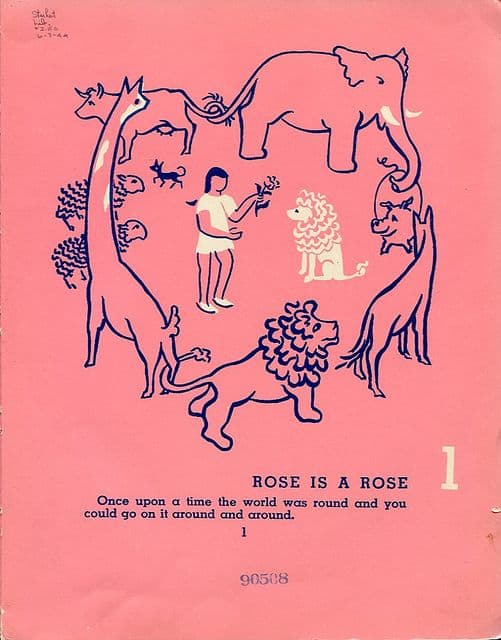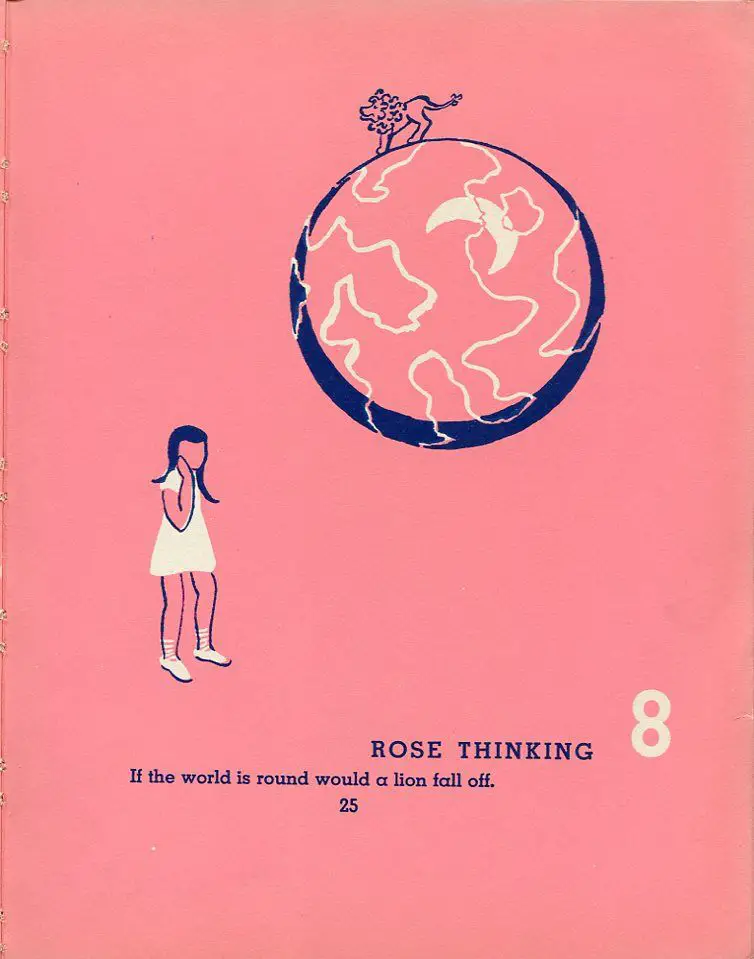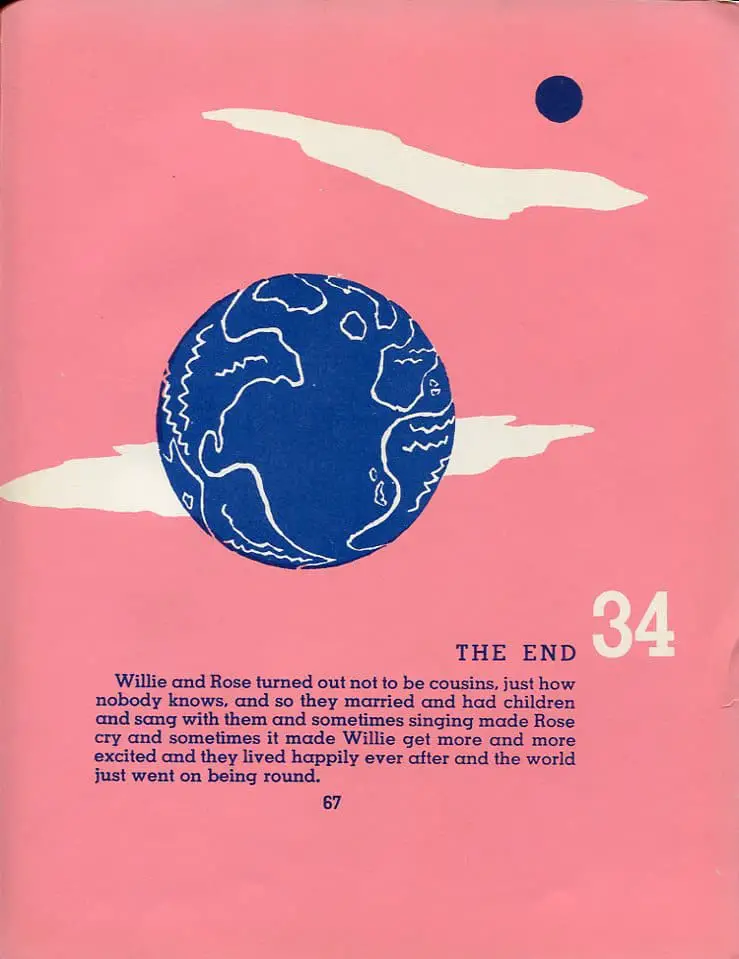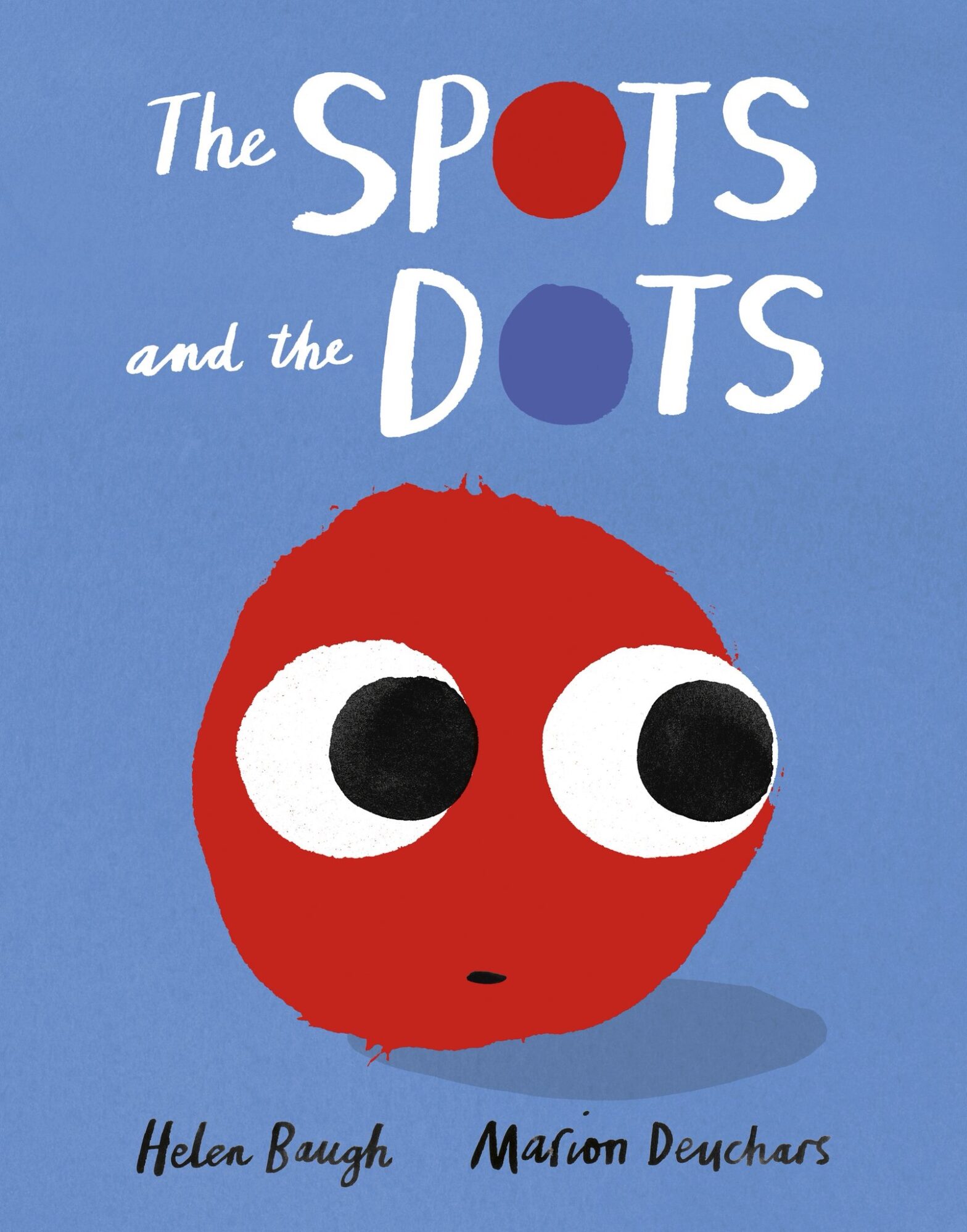Just as the ocean has both a depth and a surface, the circle has both a centre and a circumference. In this way, there are two aspects to its symbolism.
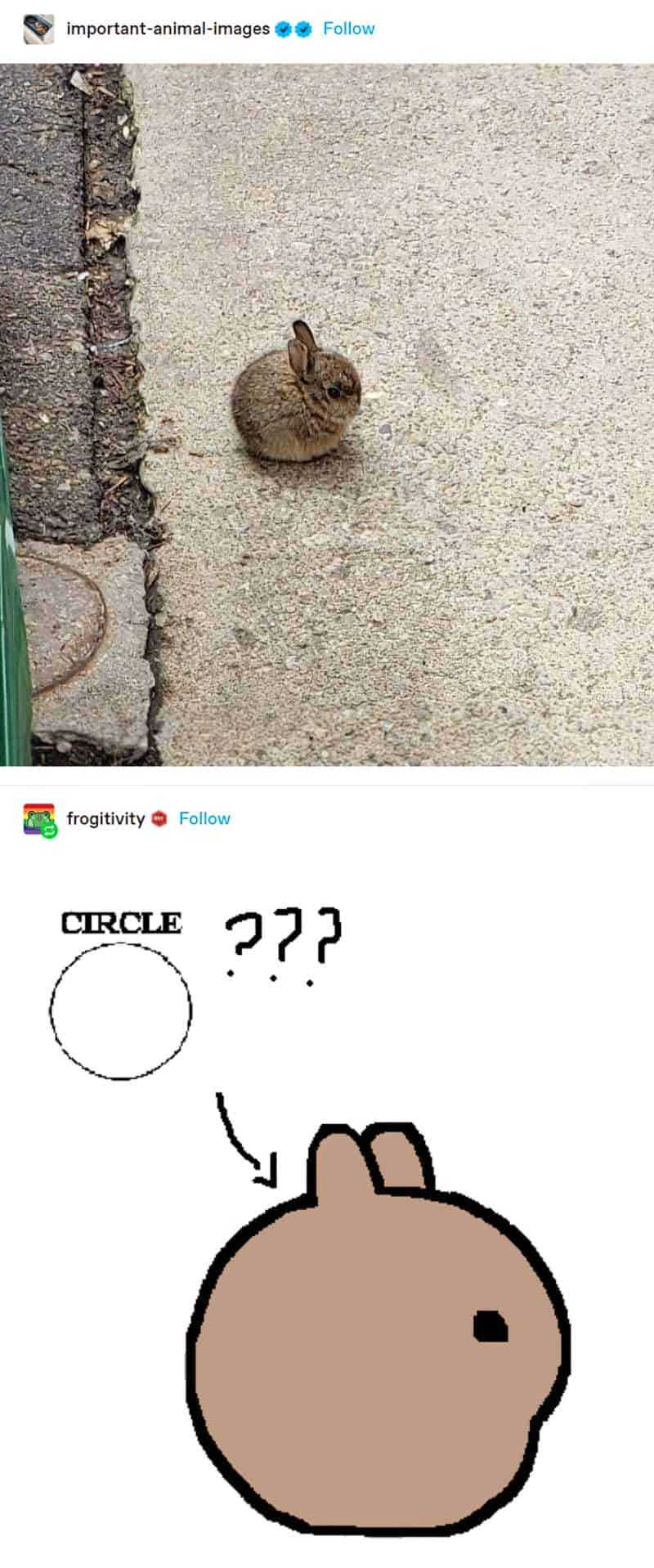
CIRCLES IN FOLK TALE
The following is from Baughman’s Type and Motif Index of the Folktales of England and North America by Ernest Warren Baughman, 1966. Read through these story summaries and you’ll get a good idea of how coats have been used throughout history. Can you see patterns?
- Land of the saints surrounded by fiery circle.
- Wooden circles that were the sun and moon animated after human sacrifice of blood.
- Seven seas encircle the world.
- Dragon encircles city with its tail.
- Insurgent leader and his knights are turned into stones by a witch to keep him from fulfilling old prophecy of dethroning the king and becoming king himself: origin of circle of stones known as the Rollright Stones.
- Magic circle.
- Magic circle protects from devil.
- Magic circle protects from wild animals.
- Magic circle protects from ghosts.
- Magic circle averts sorcery.
- Magic circle of saliva kills dragon.
- Magic circle prevents escape.
- Magic circle keeps herd within it.
- Magic circle prevents disease.
- Stones in circle dance at midnight.
- Wild hunt avoided by staying within circle.
- Water-spirit turns boat in circle.
- Dwarfs cannot harm mortal with circle drawn around him.
- Stones in circle cannot be counted (the Rollright Stones).
- Person raises devil by use of magic circle.
- Devil cannot enter magic circle made to keep him out.
- One contestant chooses straight path through stones; other circles about and wins.
- Devil cheated by having priest draw a sacred circle about the intended victim.
- Person draws circle on ground, gets into the circle, calls out: “Devil take me, ring and all.“
- Sitting in a circle of feasts.
- Battle-pen. Warriors fight in circle around leader.
- Thieves who attempt to steal from churches or shrines are miraculously rendered powerless to get out, and walk in a circle.
- Mill horse when taken to war keeps going in a circle, as he has learned in the mill.
- Wild Bill Hickok shoots string of shots at knothole across street, makes perfect circle around it.
- Man uses ax with flexible handle of woven grass or rope, cuts all trees in circle around him.
- Paul Bunyan logs off the Arctic Circle.
- Hunter bends gun barrel in curve, shoots game standing in circle.
- Paul Bunyan has Babe pull kinks out of logging road; he has enough road left over to encircle a small lake.
- Fish wears sword and sword belt. Men who catch it wager that man’ s sword belt will not encircle fish. They try it on; the fish escapes. (Doubtful as a tall tale.)
- Side-hill beast travels in circles on level ground.
- Lie: bird with only one wing. Flies in circles in only one direction.
- Lie: round river: runs in circle without outlet.
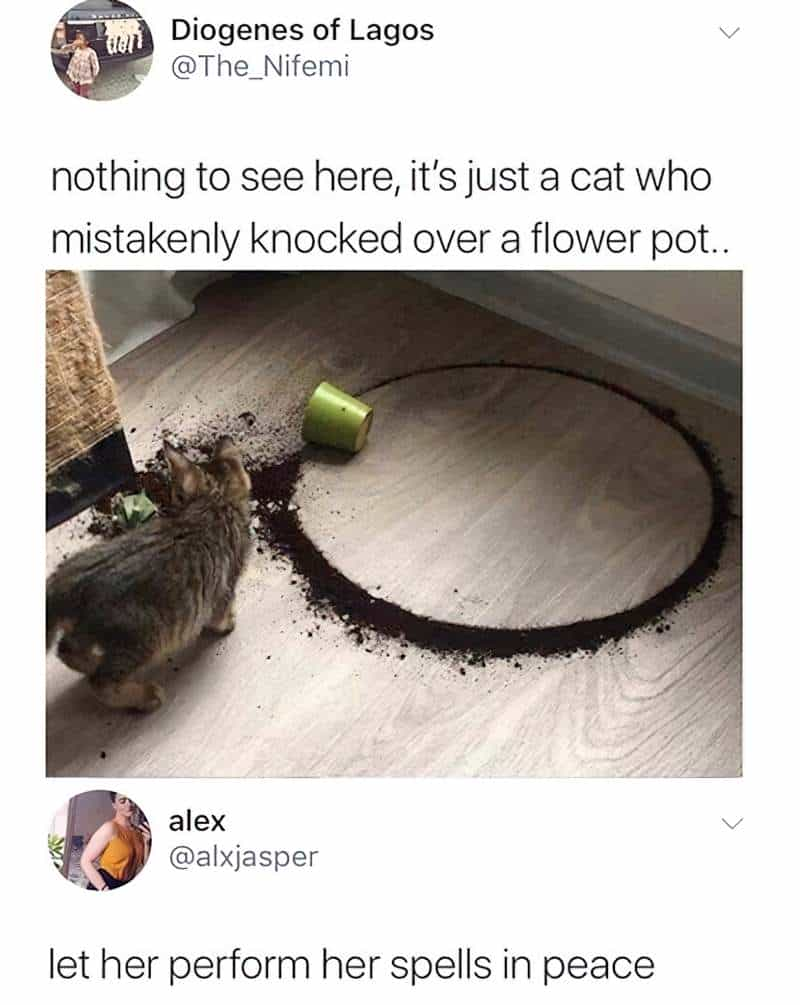
THE SUN
No surprise here, but the circle often signifies the sun. Draw some rays coming out of it and now you can be sure it’s meant to be a sun.
THE NUMBER TEN
The shape of a circle corresponds to the number ten. Both signify completeness and perfection. (I’m pretty sure this has something to do with the fact we have ten fingers.) Ten symbolises the return to unity from multiplicity.
The square is the circle’s inverse in this way. Squares represent the pluralist state of humans who haven’t achieved inner unity. (The octagon is the inbetween state.)
ONENESS
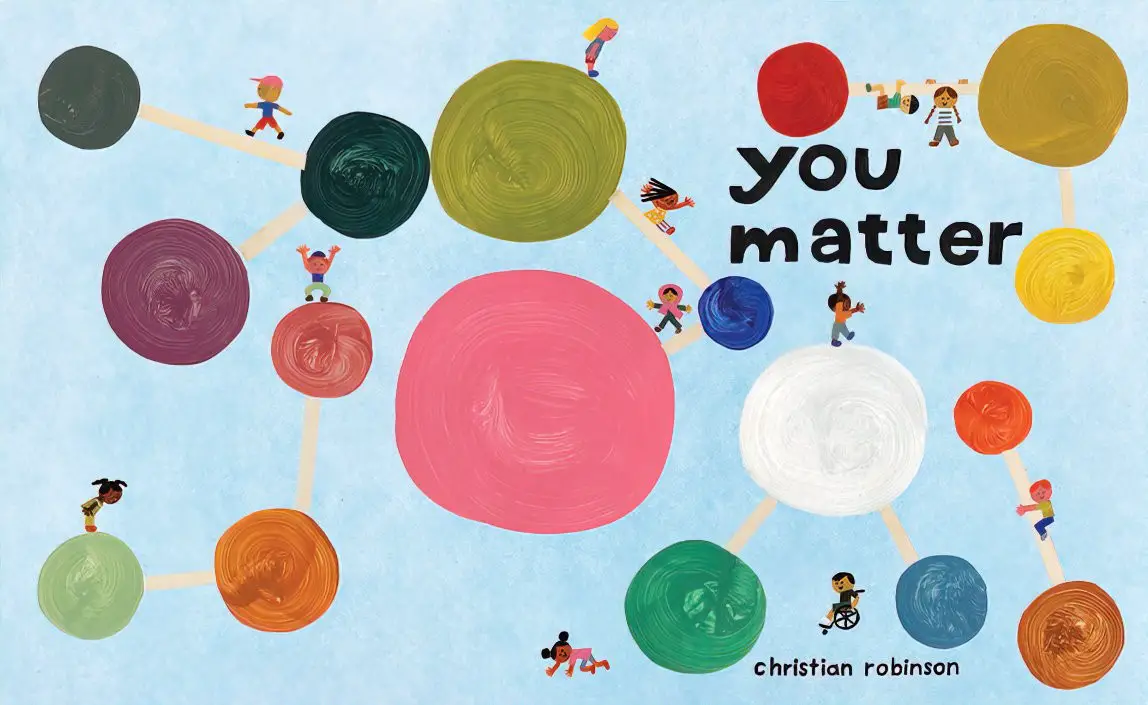
Other examples of circular horizons in illustrations
Oneness is a spiritual concept.
These paintings are by Swedish artist Hilma af Klint (1862-1944). Hilma made these years before Kandinsky, Malevich and Mondrian made their similar abstract works. These psychedelic paintings articulated the artist’s mystical views of reality.
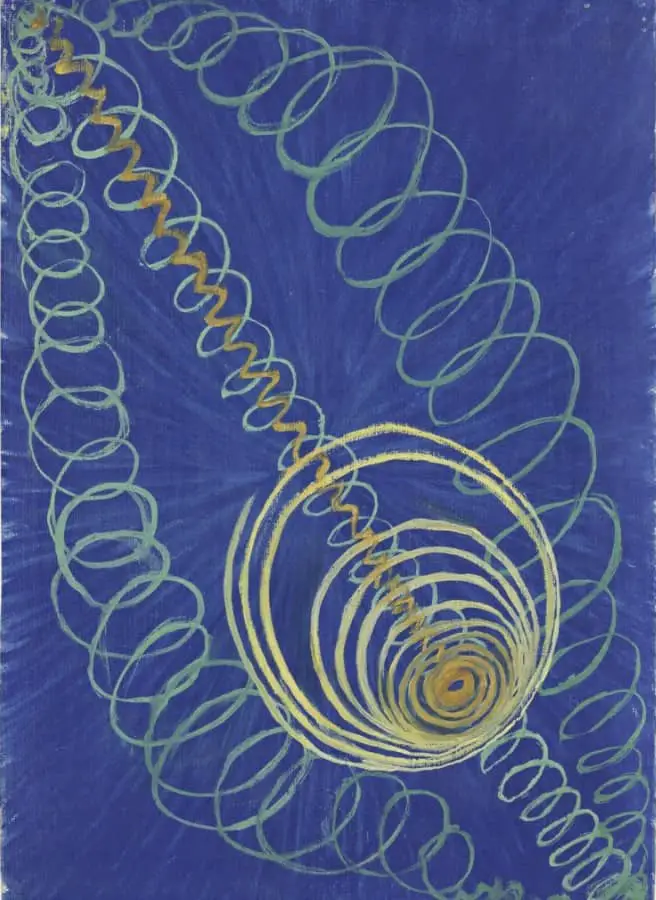
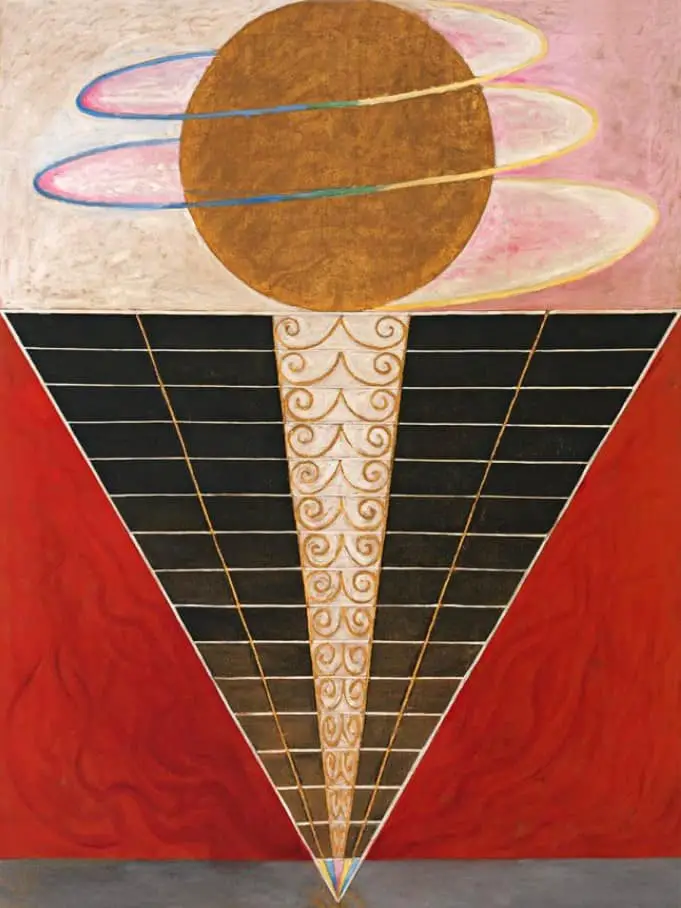
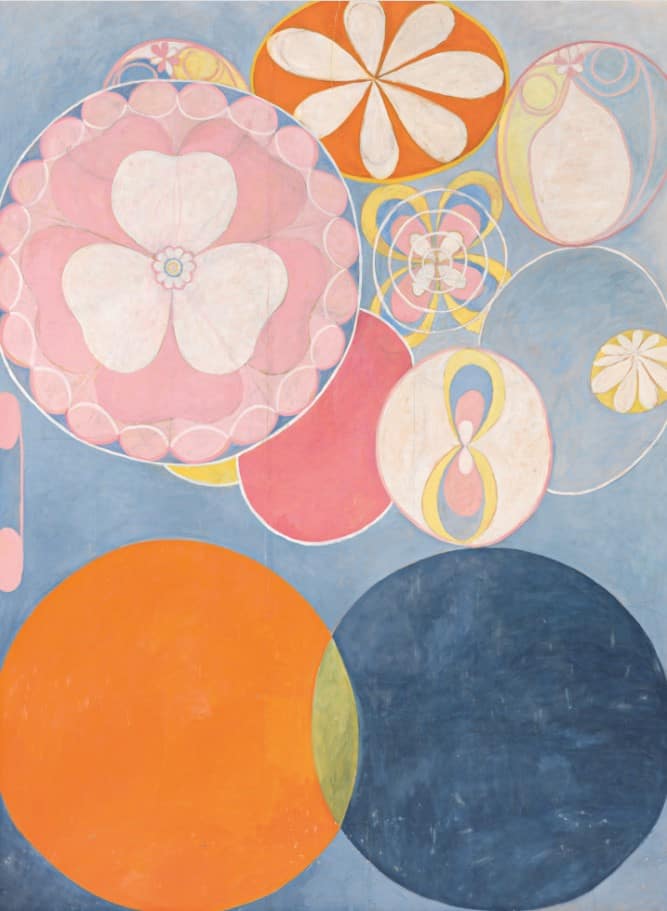
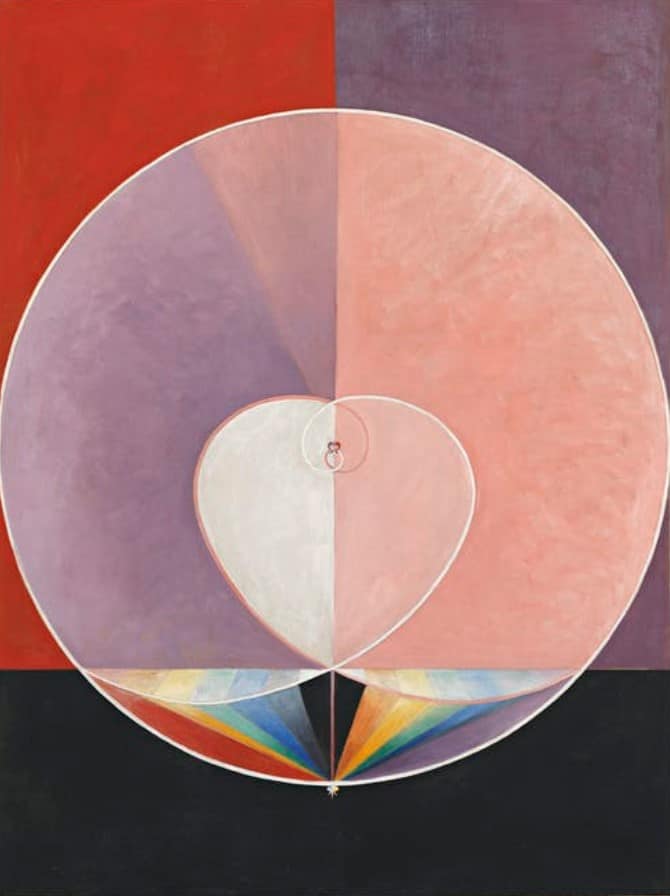
HEAVEN
In Chinese thought, the masculine principle is called Yang. This is represented by a white circle. This circle depicts Heaven.
In contrast, the feminine principle (Yin) is represented by a black square. The black square depicts Earth. (There is a long, worldwide tradition of associating men with God and women with earthiness, a.k.a. with telluric forces.)
On the subject of gender and shapes…
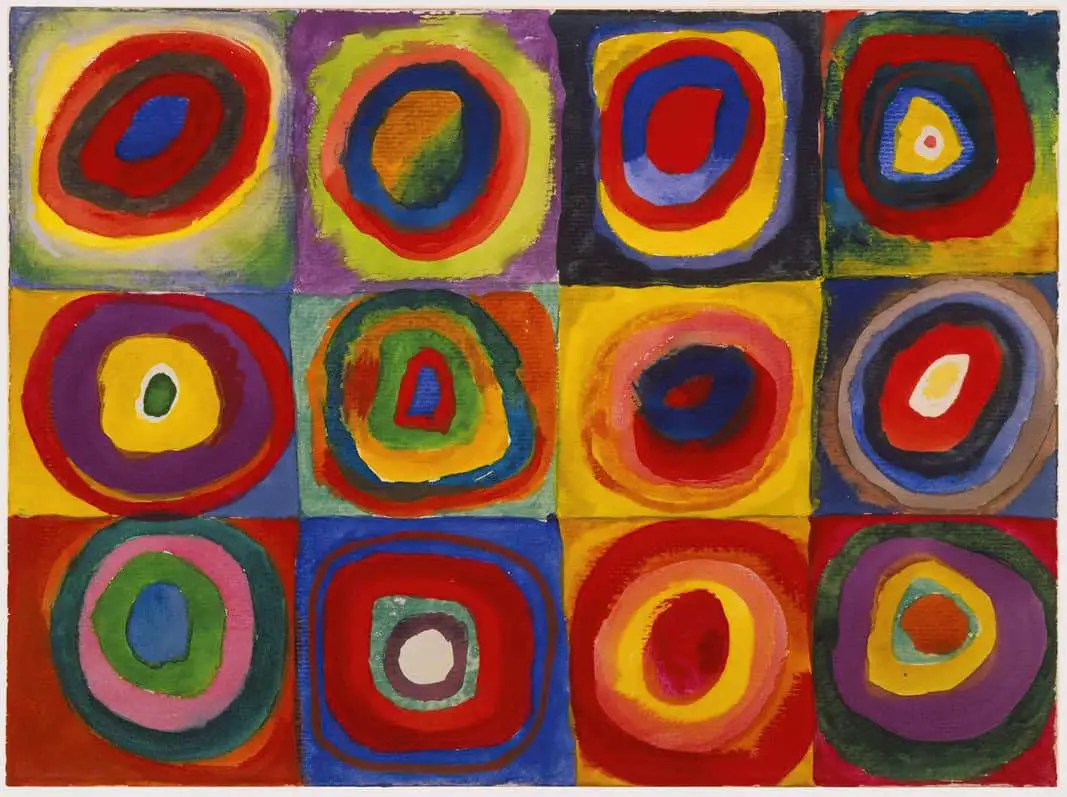
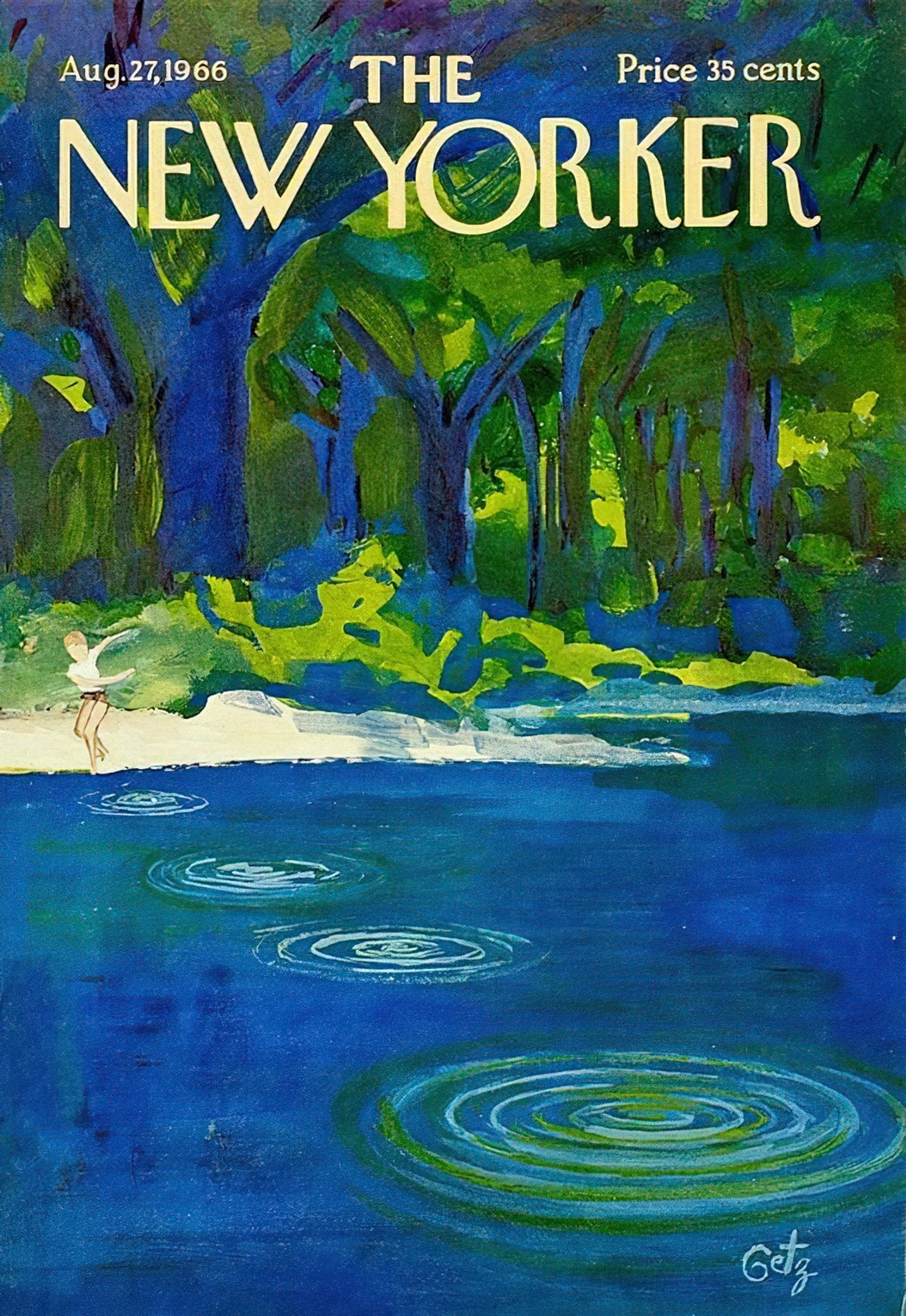
CIRCLES AND METAPHORICAL GENDER
In many traditions around the world, the circle is feminine. We see this right down to the shapes of plots in children’s literature (in particular). Stories for and about girls emphasise the seasons and keep their characters around home. In contrast, stories for boys garner descriptions of ‘linear’. Boys leave the natal home and travel along roads and rivers on Odyssean mythical journeys. Boys find new homes of their own.
Objects, concepts and shapes have what linguists call ‘metaphorical gender.
Beef vs. chicken’ is a classic example of what’s known as ‘metaphorical gender’, where the two items in a pair are judged to express a masculine/feminine contrast despite having no directly gendered meaning — other examples include ‘square vs. circle’ and ‘knife vs fork’.
language: a feminist guide
- dog vs. cat
- blue thing vs. pink/purple thing
- strong black coffee vs. frothy sweetened drink
- beef and beer vs. salad and yoghurt
- cigars vs. chocolate
- sports matches vs. reality TV
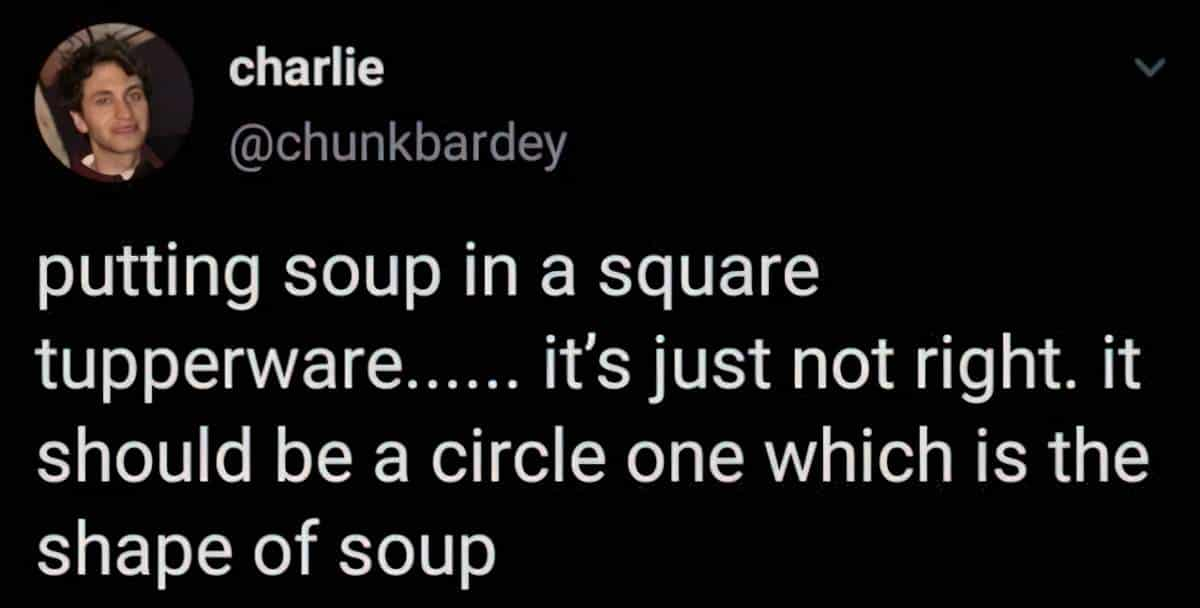

An excellent example of metaphorical gender can be found in Pixar’s Wall-E. Look at the body shapes of Wall-E compared to the body shape of Eva, femme coded and round.
Even when picture books don’t have a specific gender attached, audiences tend to code them as either ‘books for boys’ or ‘books for girls’. An example of a girl-coded book is When The Sky Is Like Lace. The purple hues, the girl characters, the feminine name of the author and — not insignificantly — the circle of the fairy ring on the front cover signals to book buyers that this is a book for girls. (I always challenge these assumptions, by the way.)
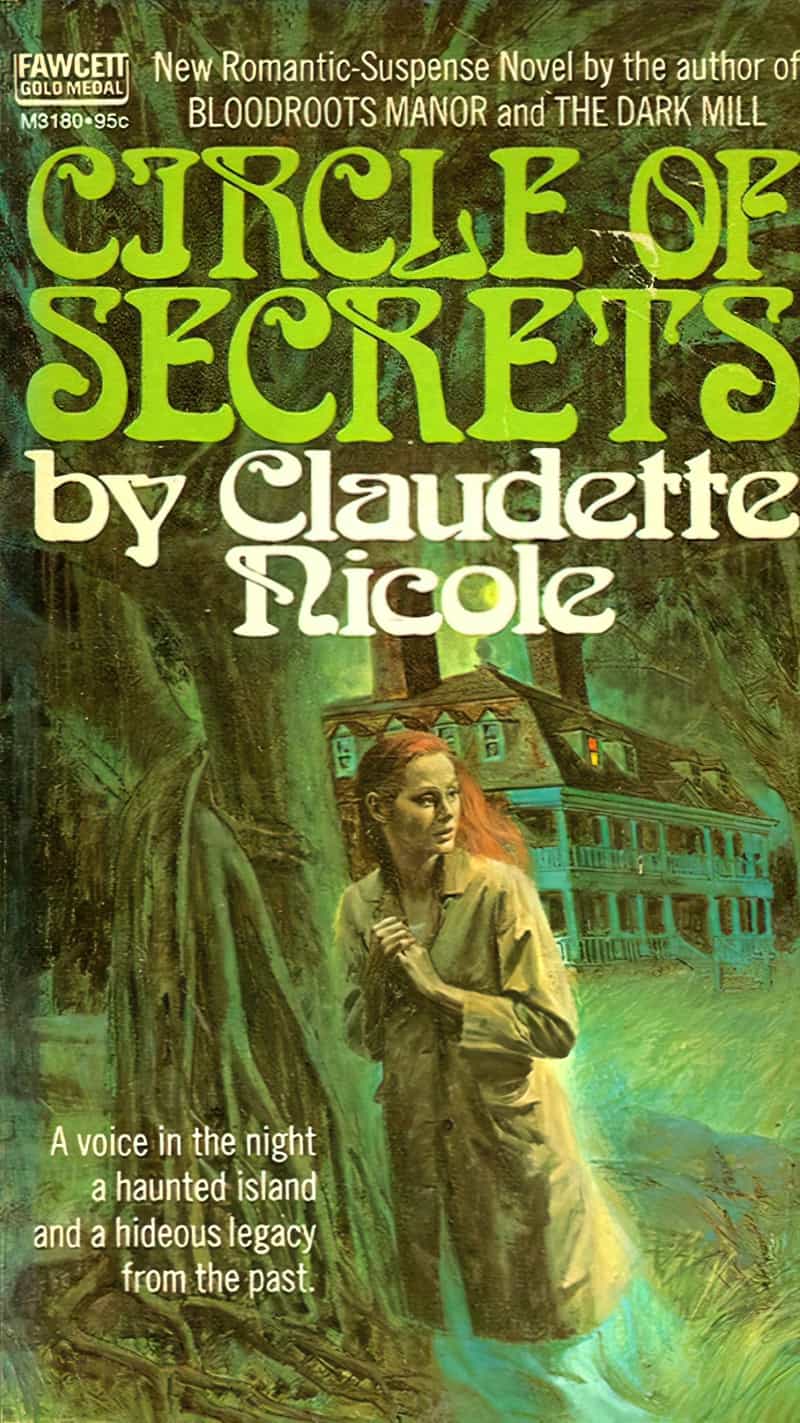
RING OF PROTECTION
Duco’s Winged Dreams is a 1957 story illustrated by Dutch artist Anton Pieck ( 1895-1987), well-known for his illustrations of city scenes.
This particular story is set on the island of Fripahatuland. King Jacohé encloses the island by means of a magic circle. The story follows the adventures of young Duco, who is brought to the island every night on the wings of King Jacohé’s wind chicks. Adventures ensue.
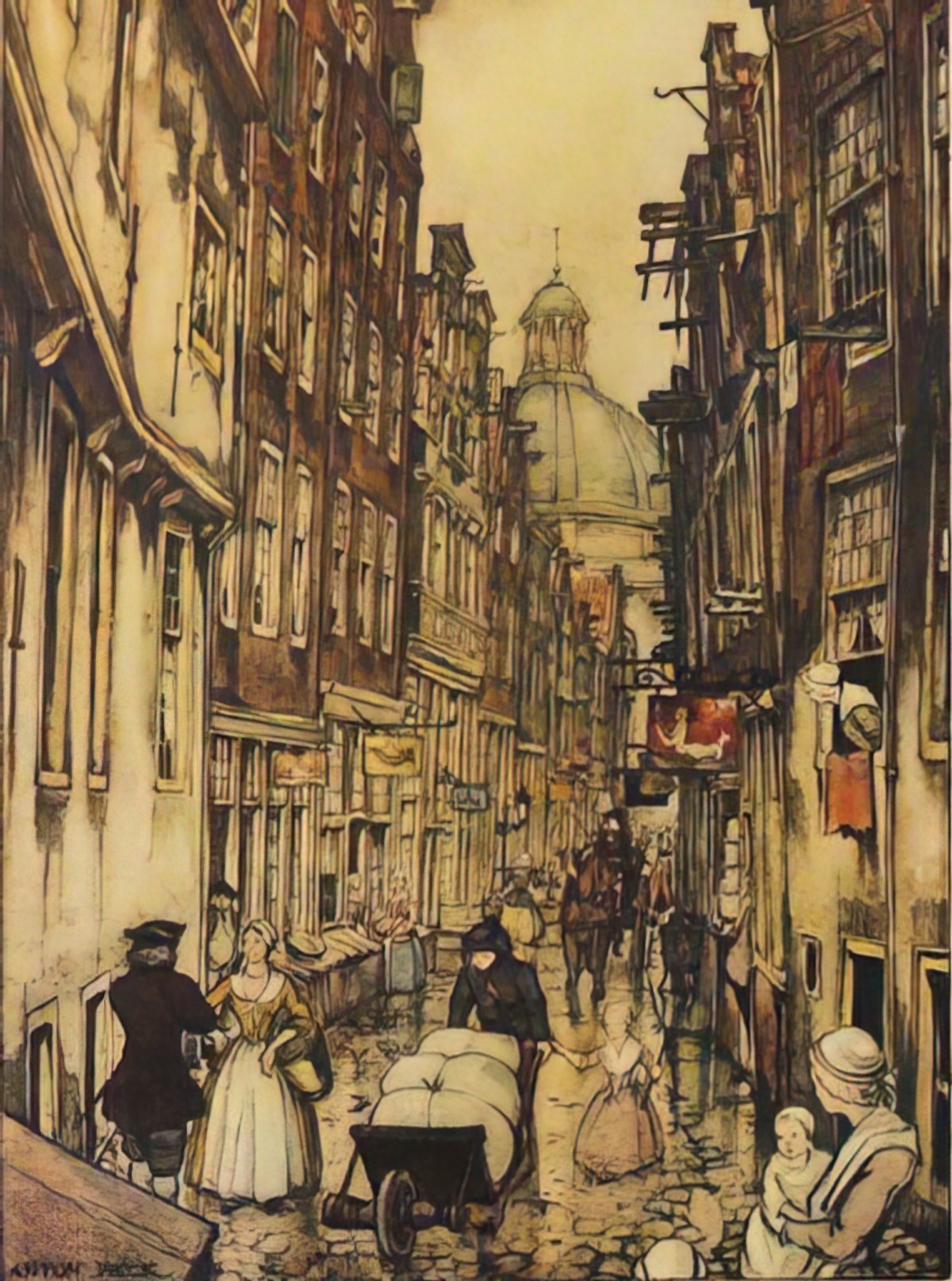
RING OF COMBAT
In combat sport there has to be a defined area in which competitors fight otherwise one or both might run off.
In boxing the mat might be a circle or rectangular. There may be ropes. If there are no ropes, the ring of combat might be called ‘the pit’. In sumo wrestling there is a circle carpeted with sand. Fenced areas are called a ‘cage’. These tend to be hexagonal or octagonal.
The ring of combat was marked out by stones laid in a circle in the castle’s base court…
“The Lady of the Bells”, Weird Magazine, 1939
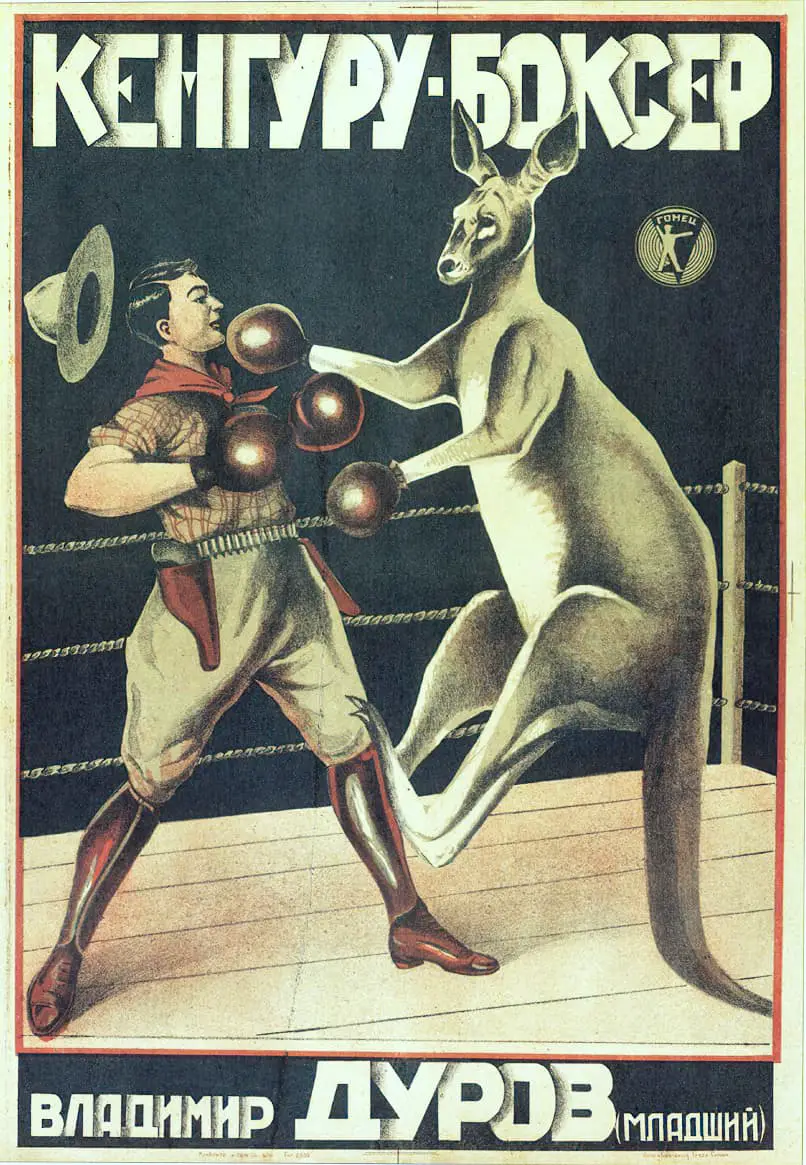
THE FAIRY RING AND OTHER MAGIC CIRCLES
A fairy ring, also known as fairy circle, elf circle, elf ring or pixie ring, is a naturally occurring ring or arc of mushrooms. They are found mainly in forested areas, but also appear in grasslands or rangelands.
The Wikipedia entry for Fairy Ring
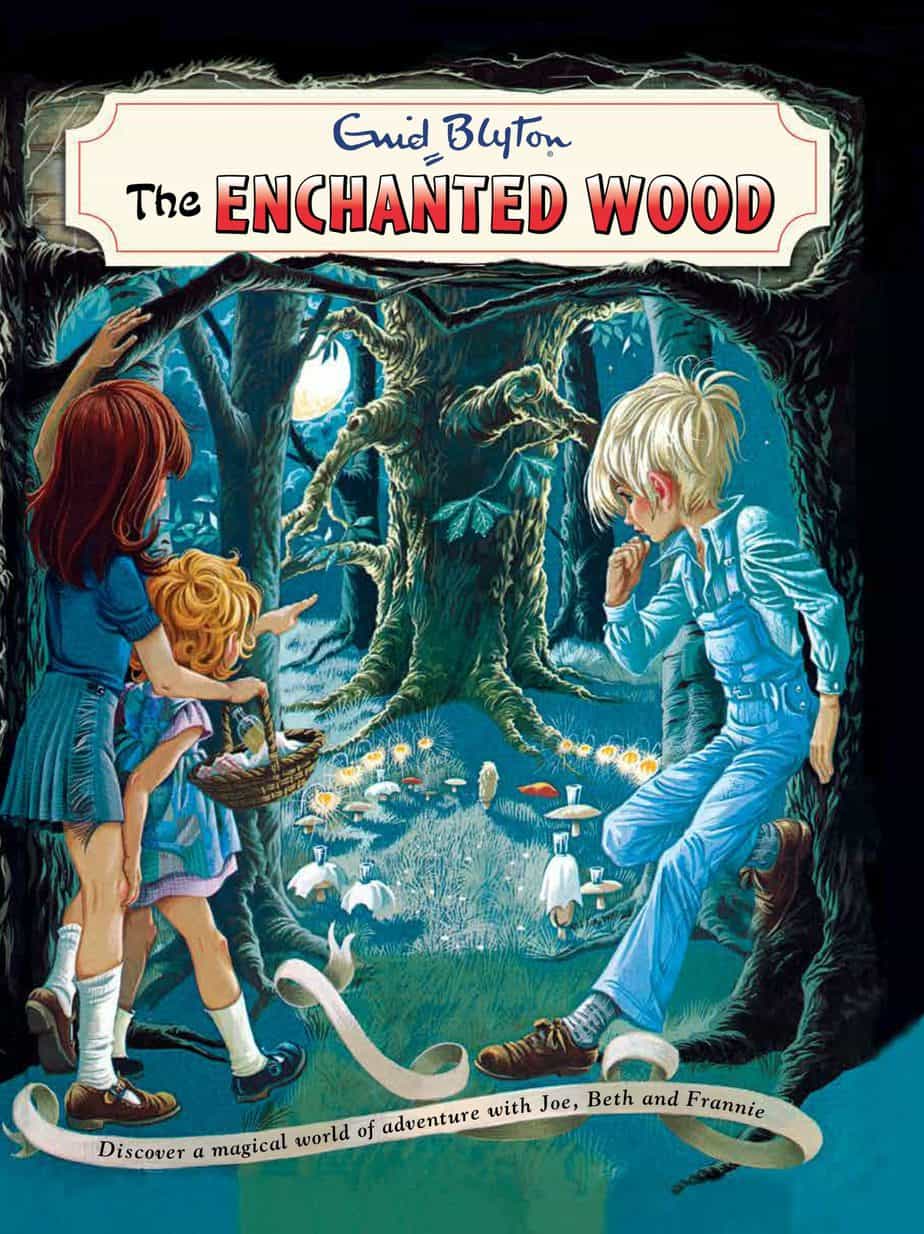
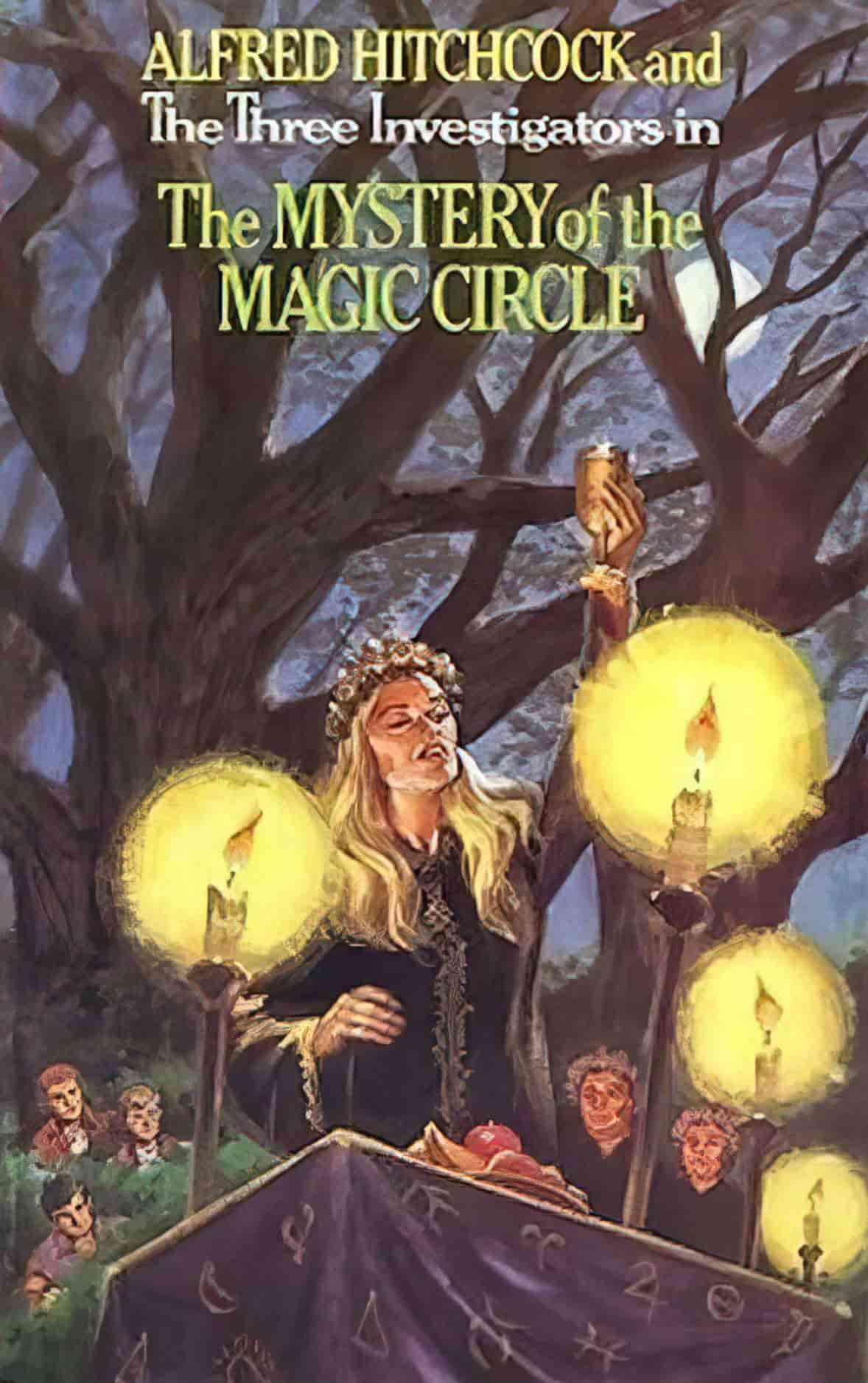
Is former movie star Madeline Bainbridge an innocent victim–or a target of revenge? Thieves have just stolen her valuable old films. And her memoirs have mysteriously disappeared before they could be published. Why would anyone want the aging actress to suffer? When The Three Investigators look into her hidden past, they begin to understand. The lady is a witch–and her spells can kill.
Fairies and witches have a lot in common, at least for contemporary audiences. Fairies are in some ways sanctified witch archetypes. We’ve taken the most scary aspects of witches — their night flight, their size, their hag-ugliness and turned fairies into tiny beautiful young women in scanty clothing. Also from witches: The standing around in a circle with like-minded friends.
A witch’s altar is the consecrated place that holds the witch’s implement: a table, bench, tree stump or rock. Some traditions recommend that the altar be circular, and that it stand within a magic circle, drawn on the ground. Witches use a cingulum (a belt of cord) to mark out the circle. Witches begin their ceremonies by ‘casting the circle’. This isolates and purifies the holy place where magic will occur, where gods and goddesses will manifest, where time will disappear, where faith will become incarnate. is the place between two worlds — the realm of the gods and the realm of the humans. Cosmic power is concentrated here.
INFINITY
Like a rat on a running wheel, a circle never comes to an end. This is why we wear wedding rings, symbolically joining couples together, ostensibly forever.
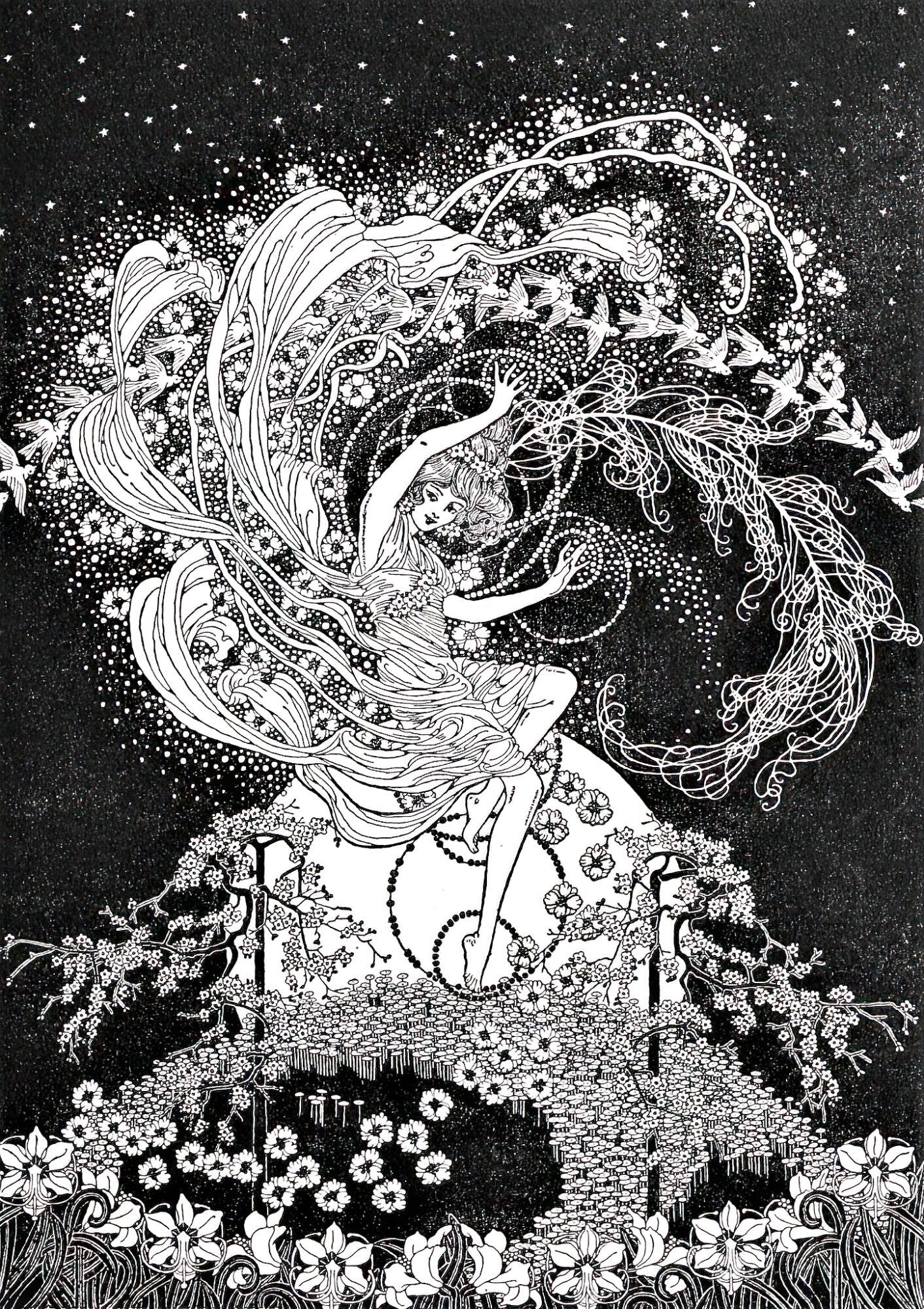
Little America III, Ross Ice Shelf, Antarctica
March 4, 1950I was born to be a wanderer. I was shaped to the earth like a seabird to a wave. Some birds fly until they die. I have made a promise to myself: My last descent won’t be the tumbling helpless kind but a sharp gannet plunge—a dive with intent, aimed at something deep in the sea.
I’m about to depart. I will try to pull the circle up from below, bringing the end to meet the beginning. I wish the line were a smooth meridian, a perfect, taut hoop, but our course was distorted by necessity: the indifferent distribution of islands and airfields, the plane’s need for fuel.
I don’t regret anything, but I will if I let myself. I can think only about the plane, the wind, and the shore, so far away, where land begins again. The weather is improving. We’ve fixed the leak as best we can. I will go soon. I hate the never-ending day. The sun circles me like a vulture. I want a respite of stars.
Circles are wondrous because they are endless. Anything endless is wondrous. But endlessness is torture, too. I knew the horizon could never be caught but still chased it. What I have done is foolish; I had no choice but to do it.
It isn’t how I thought it would be, now that the circle is almost closed, the beginning and end held apart by one last fearsome piece of water. I thought I would believe I’d seen the world, but there is too much of the world and too little of life. I thought I would believe I’d completed something, but now I doubt anything can be completed. I thought I would not be afraid. I thought I would become more than I am, but instead I know I am less than I thought.
No one should ever read this. My life is my one possession.
And yet, and yet, and yet.
the opening to Great Circle, a 2022 novel by Maggie Shipstead
THE IDEA OF ROTATION
We now know that the Earth is not the centre of the universe. (Though technically, wherever you’re standing is the centre of your universe. Such is the nature of infinity.)
In diagrams of the cosmos from antiquity, the central space is reserved for the Creator. This Creator appears in centre of a series of concentric circles. Likewise, the wheel of the Zodiac is a ‘wheel’.
We’ve tended to conceptualise the world as a kind of labyrinth. I’ve written more about that here. Here’s the thing about a labyrinth: It has a centre. (It has a hairy big Minotaur at its centre, and this Minotaur must be defeated before spiritual growth occurs.)
When labyrinths appear in art, the centre is often a circle. Since getting to the centre (and slaying the Minotaur) is the absolute goal, the circle is therefore associated with Paradise regained. The circle represents a precious lost object, or an impossible/arduous journey or enterprise.
This is how the circle comes to stand for highly desirable concepts: Love, knowledge and so on.
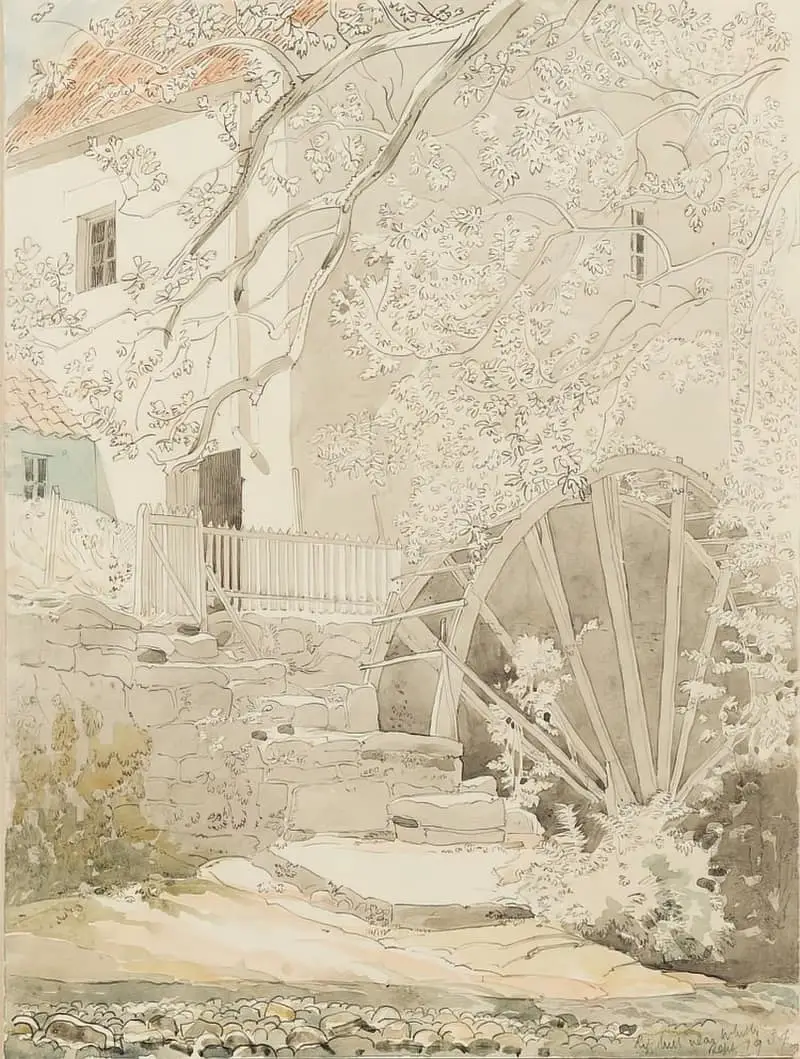
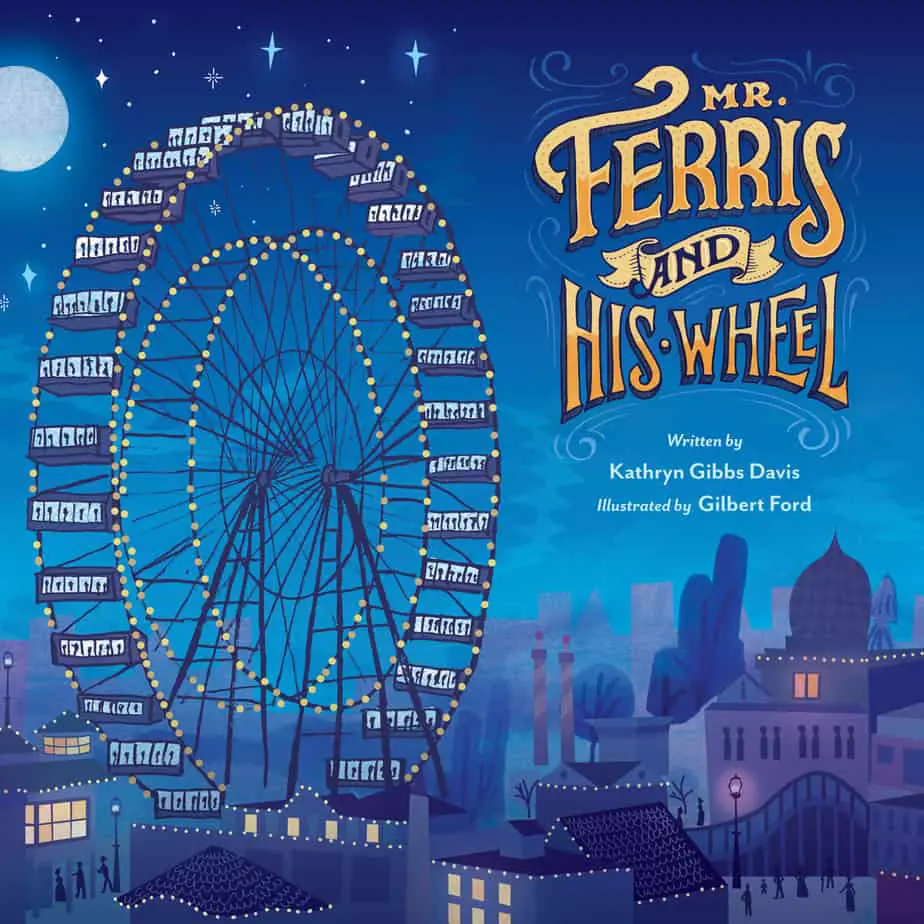
FOR FURTHER INVESTIGATION
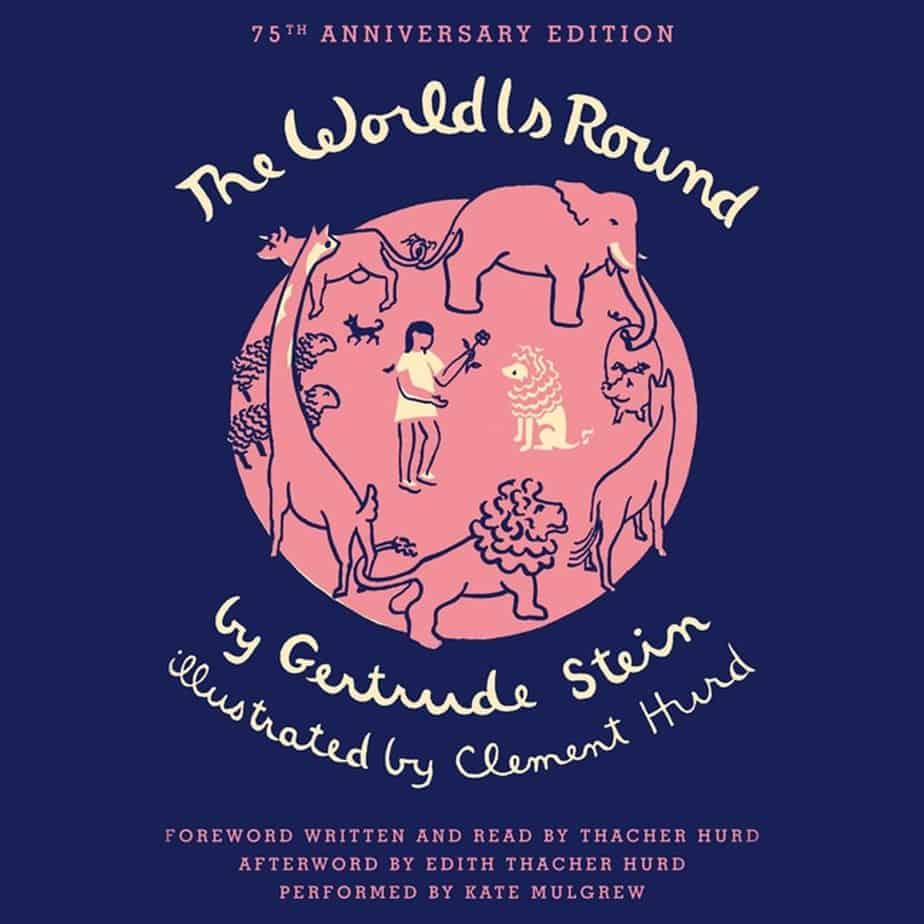
Okochan, Little Girl, おこちゃん 山本容子 Yamamoto Miyako 1998

